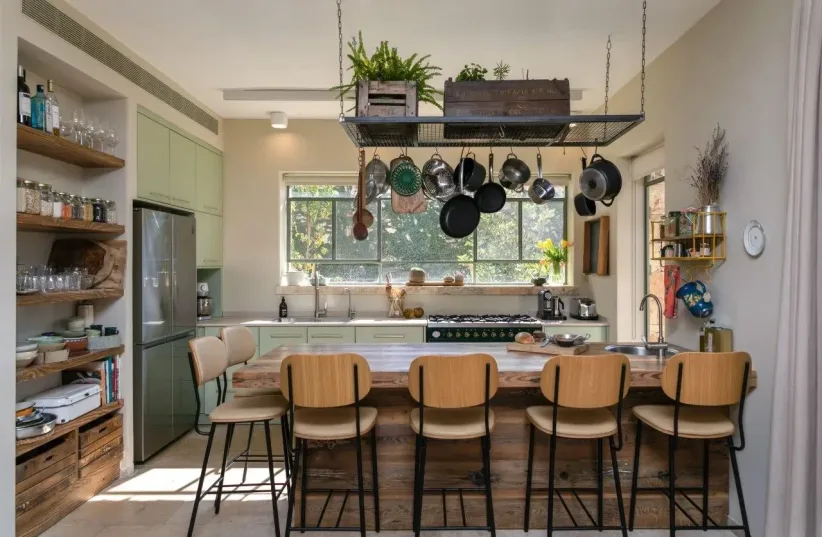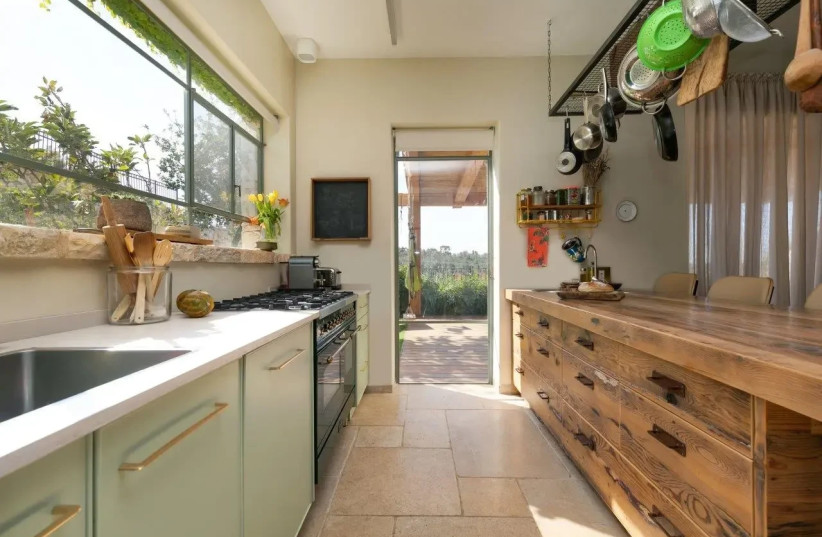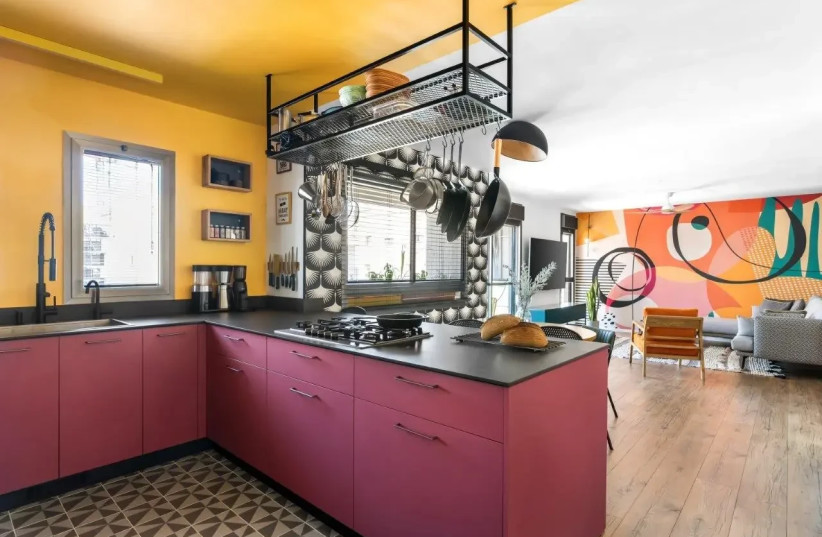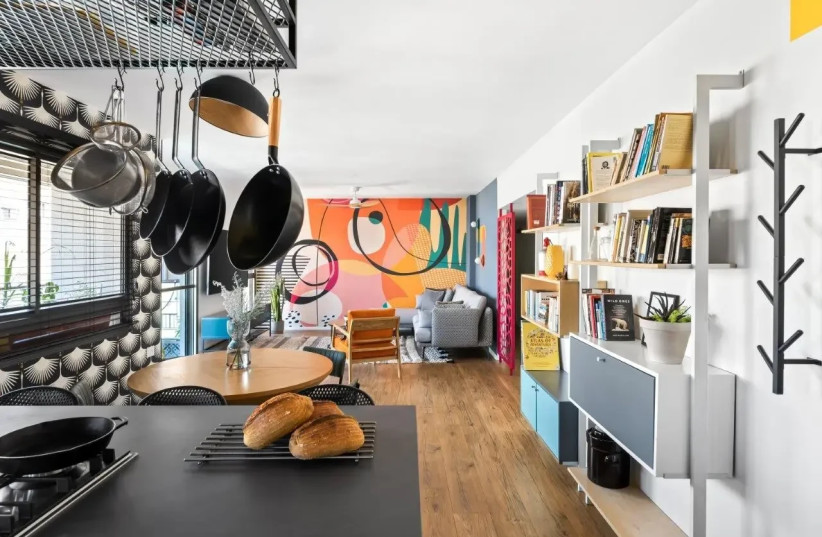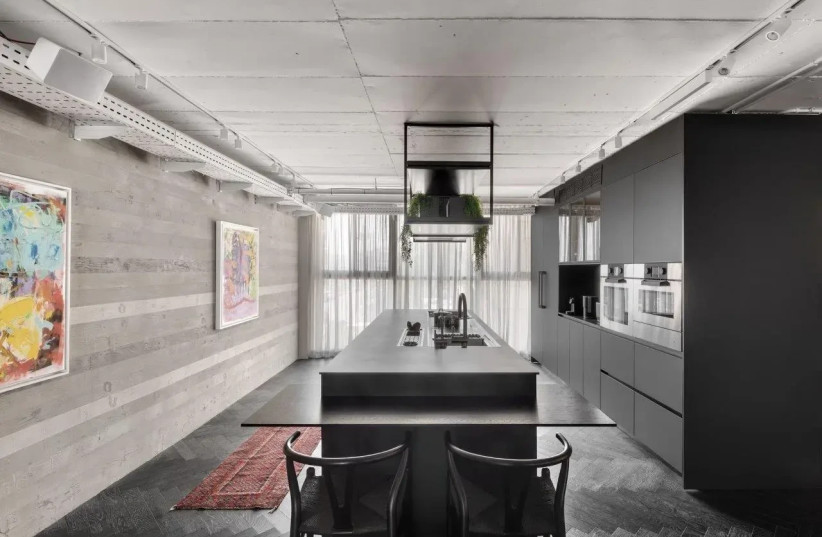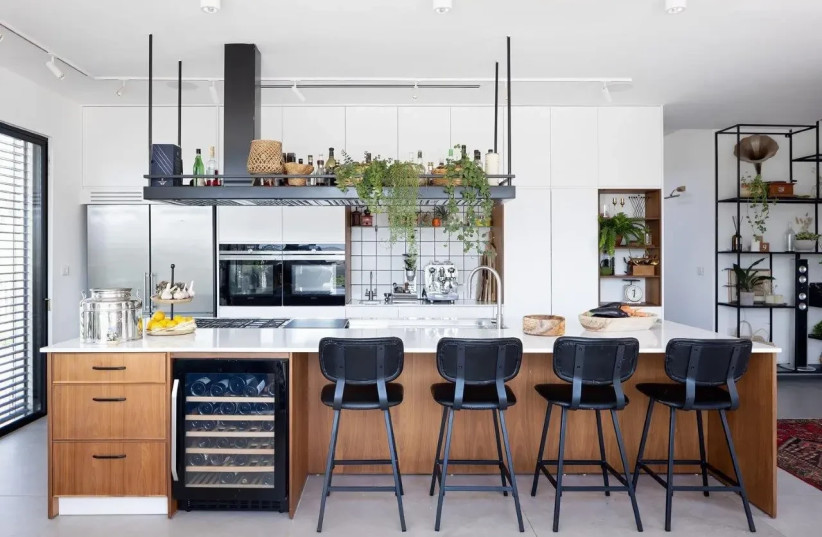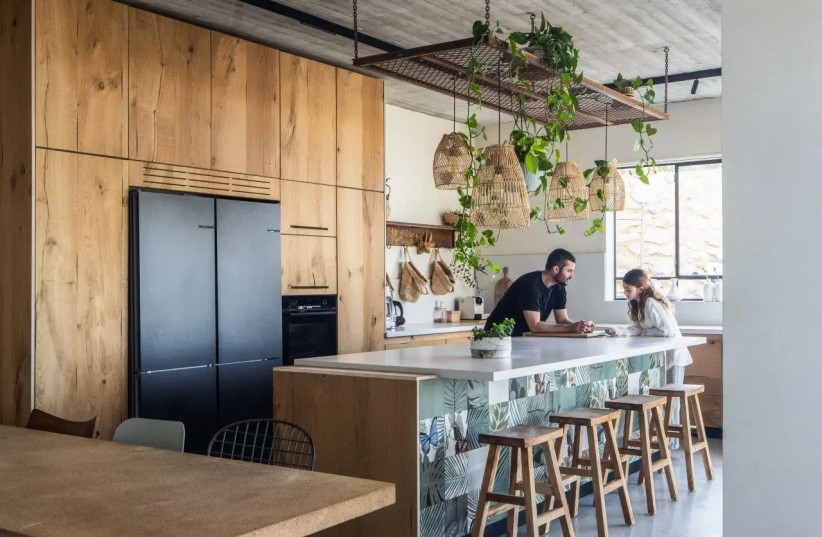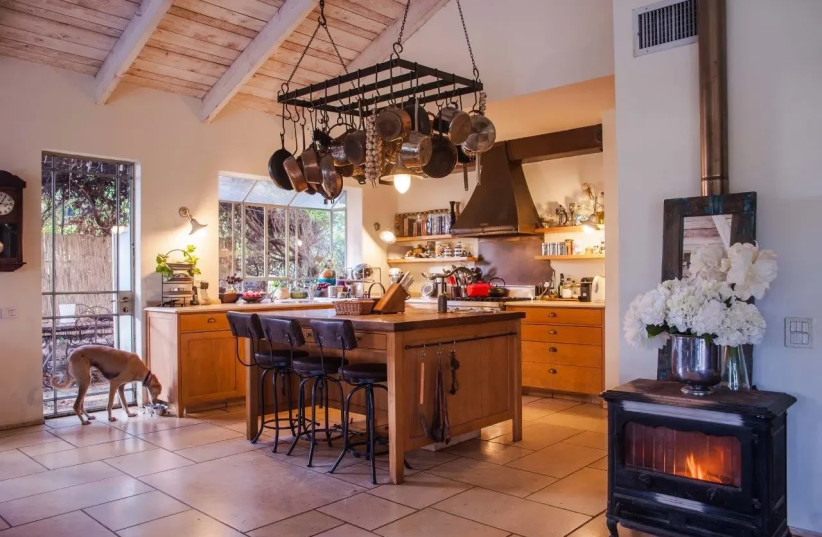In recent years, the kitchen island has evolved from a desirable fantasy to almost a standard feature. Its presence in the kitchen space is powerful and clear. With immense islands of 3.4 or even 5 meters, including everything needed for luxurious and convenient cooking, they also face the guests. This time, we focus not on the island itself, but on its upper part, an intriguing addition, strategically and dominantly placed, which has become a blessing in stylish and chic homes.
"The choice of one island over another, in design and materials, is a function of space, family size, budget, and usage characteristics. If we look closely, the upper part of the island has become particularly prominent as a design element. Whether it's a powerful and beautiful storage element that complements the island's function, or a place for hanging plants, pots, pans, and other utensils," explains designer Kobi Halifa, owner and chief designer of ArtPro, specializing in ironworks and designs.
Halifa further explains, "Of course, it's important that the element above the island is tailored to the household and within reach, as well as one that suits the design line of the space or alternatively an element where a plant can be placed that always adds and simply does good."
As an example, Halifa gives a kitchen designed by architect Yonatan Munchek, with an iron fixture from ArtPro above it, designed for hanging pots and plants, made of iron and blending with the iron fixtures adjacent to it and the home's design style.
Interior designer Tal Gal from Tula Studio adds, "The design element above the island is gaining momentum. It's not big, but it catches attention and sparks interest. It's unique, beautiful, intriguing, and positioned in a strategic place in the public space, making it even more dominant. It can be designed from a variety of materials, custom ironwork, aluminum, or iron, as long as it doesn't look like a foreign object disconnected from the context of the space."
